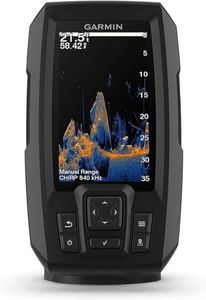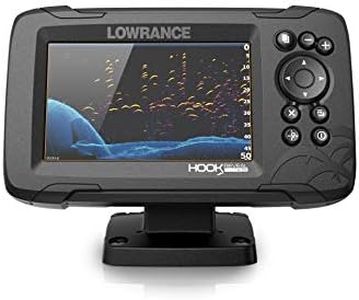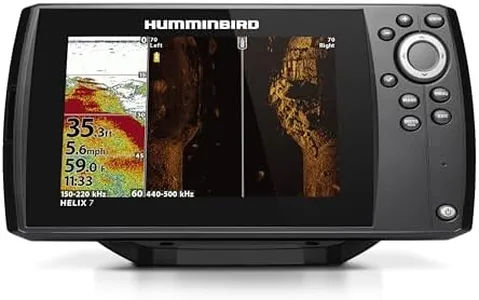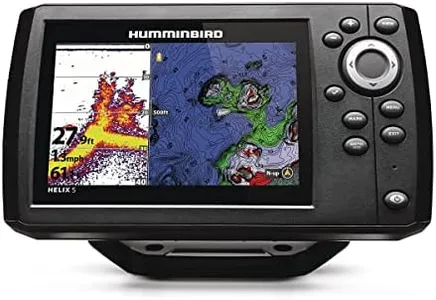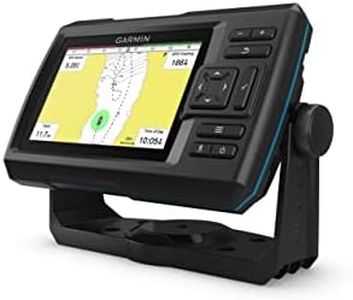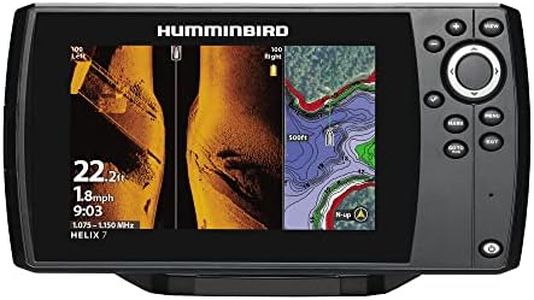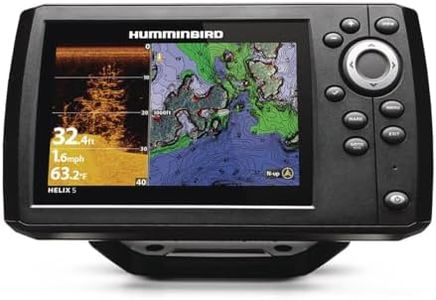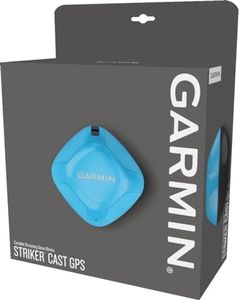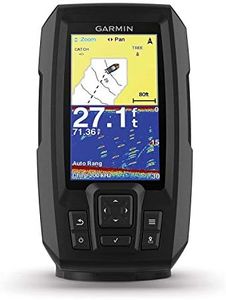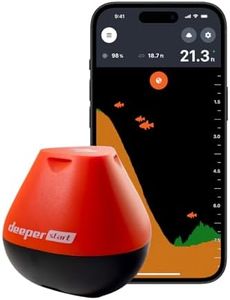We Use CookiesWe use cookies to enhance the security, performance,
functionality and for analytical and promotional activities. By continuing to browse this site you
are agreeing to our privacy policy
10 Best Fishfinder Gps Combos
From leading brands and best sellers available on the web.Buying Guide for the Best Fishfinder Gps Combos
When shopping for a fishfinder GPS combo, it's important to focus on what you'll use it for—whether it's casual weekend fishing, tournament angling, or even navigating large lakes or coastal waters. The best choice is one that matches both your fishing style and your boat size, while fitting into your existing setup. Think about ease of use, how much detail you want to see underwater, and how important navigation features are for you. These combos are essential for both locating fish and ensuring you know where you are and where you're heading, so balancing these features will help you get the most enjoyment and success out on the water.Display Size and ResolutionDisplay size refers to how large the screen is, typically measured diagonally in inches, and resolution refers to how sharp and clear the image on that screen will be. A larger, higher-resolution display makes it easier to read maps, spot fish, and interpret data, especially in bright sunlight or when mounting farther from your seat. Small screens (under 5 inches) work best for kayaks or small boats, while medium (5-7 inches) and large screens (over 7 inches) are ideal for larger boats or when you want to split the screen to see multiple views at once. Pick a screen size and clarity that fit your space and how closely you'll be able to interact with the screen while fishing.
Sonar TechnologySonar technology determines how the fishfinder sees underwater. Traditional sonar gives a basic, cone-shaped view beneath the boat, while modern versions like Down Imaging, Side Imaging, and CHIRP sonar offer more detailed and wider coverage. Down Imaging shows a clear, picture-like view directly below, while Side Imaging scans to each side of the boat, helping you spot fish and structures in a broader area. CHIRP uses a range of frequencies for better target separation and depth. For basic fishing, traditional sonar is enough, but if you want more detail about what's under and around you (like spotting fish on structures or scanning wide areas quickly), advanced sonars are a better fit.
GPS and Mapping FeaturesThe GPS component lets you pinpoint your location, mark fishing spots, create tracks, and navigate safely. Built-in maps range from basic outlines to detailed charts with underwater contours, hazards, and boat ramps. Some units offer the ability to upgrade maps or create your own custom maps while you fish. If you fish unfamiliar waters or rely heavily on navigation, look for units with detailed charts and advanced mapping. For familiar, smaller lakes or rivers, simpler GPS may suffice.
Power and Depth CapabilityThe power, typically measured in watts, combined with frequency, determines how deeply and clearly the fishfinder can 'see.' More power helps penetrate deeper waters and improves clarity in rough or murky conditions. Shallow lakes and rivers need less power, but for deep or offshore fishing, higher wattage is beneficial. Consider where you'll use the device most—choose lower power for shallow, calm waters and higher power if you want versatility or fish deep lakes and the ocean.
Transducer CompatibilityThe transducer is the device that sends and receives sonar signals, and its type largely impacts the performance of your fishfinder. Some combos come with basic standard transducers, while others offer compatibility with more advanced versions for better depth, wider coverage, or higher-definition imaging. Make sure your unit matches your fishing style: casual anglers may be fine with included transducers, but serious anglers should check if upgrades for Side Imaging or more precise CHIRP are available and match their goals.
Ease of Use and InterfaceEase of use covers both the menu system and physical controls. Some units have touchscreen controls, while others use buttons or even knob-based interfaces. For quick, on-the-water adjustments, clear menus and responsive controls are crucial, especially if you'll often change views or mark waypoints. Beginners should look for intuitive interfaces and good user support, while experienced users might prefer more customizable options.
Connectivity and NetworkingSome fishfinder GPS combos allow you to connect to other devices, like chartplotters, radars, or even your phone, to share waypoints, sonar views or update software. Units with built-in Wi-Fi or Bluetooth expand what you can do—like uploading maps, syncing data, or integrating with trolling motors and digital gauges. If you want to build out a more extensive boat electronics system or update maps easily, look for these features; if you just need standalone operation, simpler units are easier to manage.
